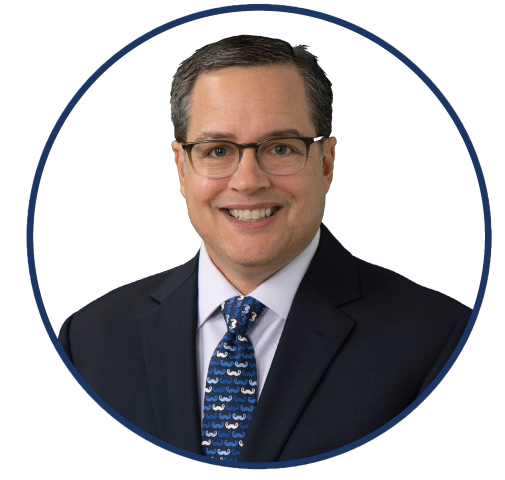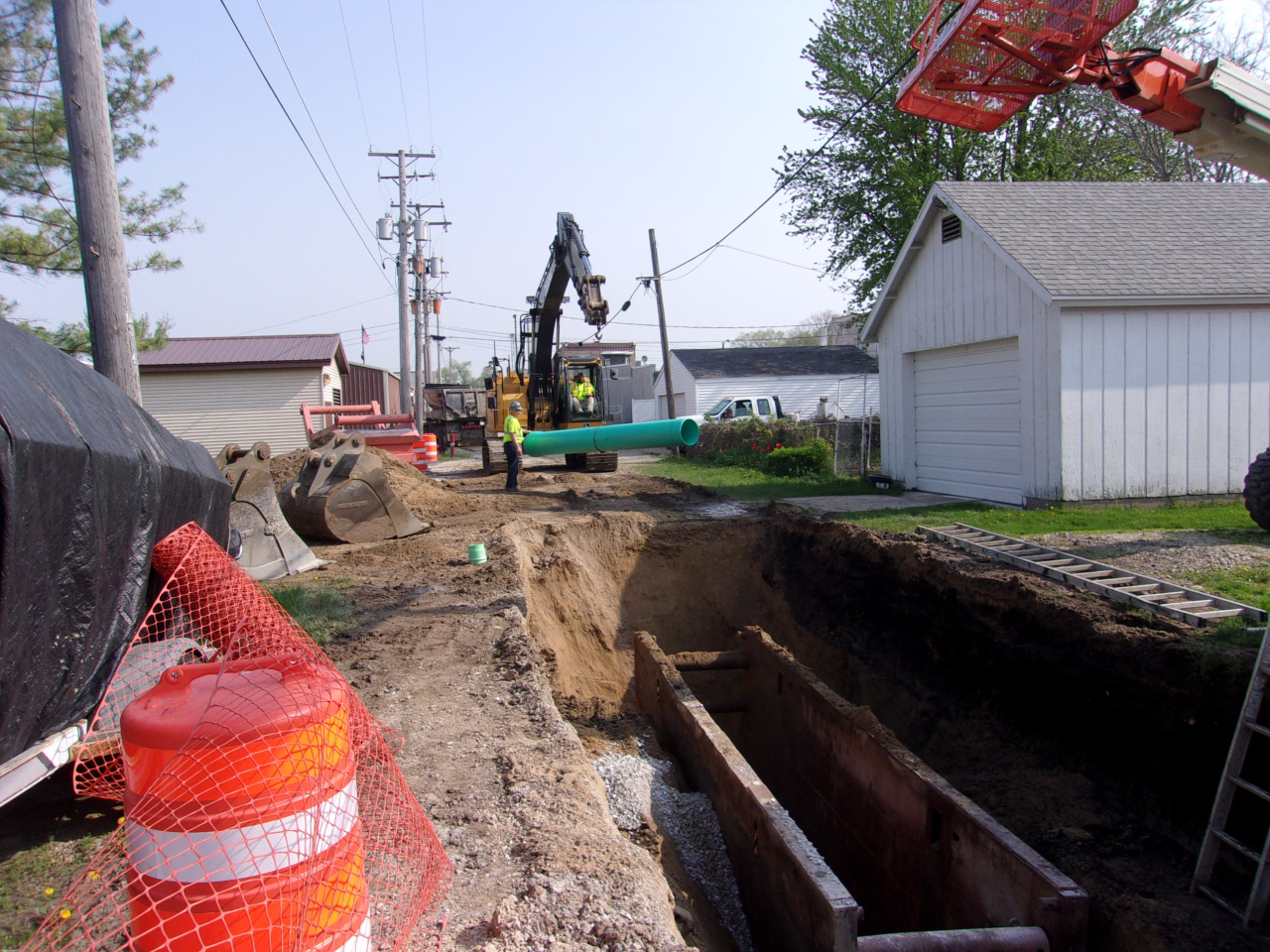Planning saves time, money and headaches
Hindsight might be 20/20, but foresight is pretty essential when it comes to infrastructure planning.
Too often, communities grow in a piecemeal type of way: A subdivision is built, so sewer lines are put in to serve the neighborhood. A strip mall goes up next door, tying into those same lines. The once quiet street above the sewer that was easy to access is no longer quiet. Before you know it, routine sewer maintenance slows down traffic on a main road for hours.
The better approach to infrastructure installation or repairs is to do a thorough analysis before construction. At Fehr Graham, our engineers can help you evaluate the most cost-effective ways to support your community now and for years to come. We ask two key questions in these scenarios: Is it necessary to do everything? What's the ideal location?
Take, for example, the work we did for the City of Mendota, Illinois. They brought us in for repairs of two pump stations that handle a quarter of the City's wastewater. What we found was that both pump stations were in inconvenient locations for maintenance. One was in the middle of a street, the other was in a tight alley.
We surveyed the sites and realized Mendota needed a better solution for these critical pump stations. So, we asked our key questions:
Is it necessary to do everything? In Mendota's case, it was not. We proposed one of the pump stations use gravity flow and combine with a neighboring pump station. For the other, a larger station was built so it could be combined, too, reducing costs and labor by using one unit.
Having fewer pump stations reduces the number of broken parts and emergency repairs. It requires less maintenance, reducing annual overhead.
What's the ideal location? Look above, below and beside your potential location. What will hinder you from accessing it in the future? Consider if any development would affect your site and how you'll manage that. In Mendota, it was power lines running overhead, preventing a crane from accessing the station. It also was a tight space, close to buildings and traffic.
In the end, asking those questions meant Mendota got the infrastructure the City needed at a lower cost that will benefit the community for many years.
Fehr Graham has helped communities across the Midwest find solutions to complex infrastructure issues. Our relationships and knowledge are part of what brings our clients great solutions.
To learn more about how one size doesn’t fit all when it comes to infrastructure planning, give us a call at 630.897.4651.
 |
Andrew Deitchman, PE, BCEE, embraces challenging projects that span from complex water resource investigations, water treatment and distribution system designs to environmental permitting, construction costs estimating and stormwater management. He finds innovative and sustainable solutions for municipalities planning for the future of infrastructure. Reach him at This email address is being protected from spambots. You need JavaScript enabled to view it.. or 630.897.4651. |


